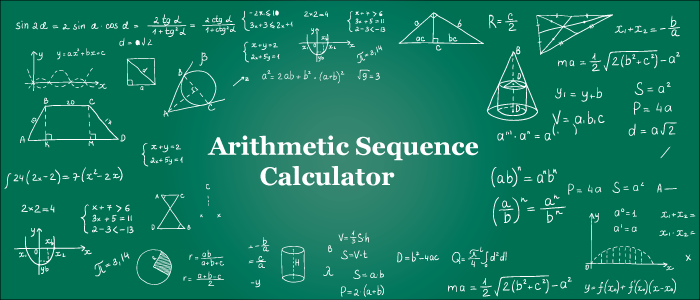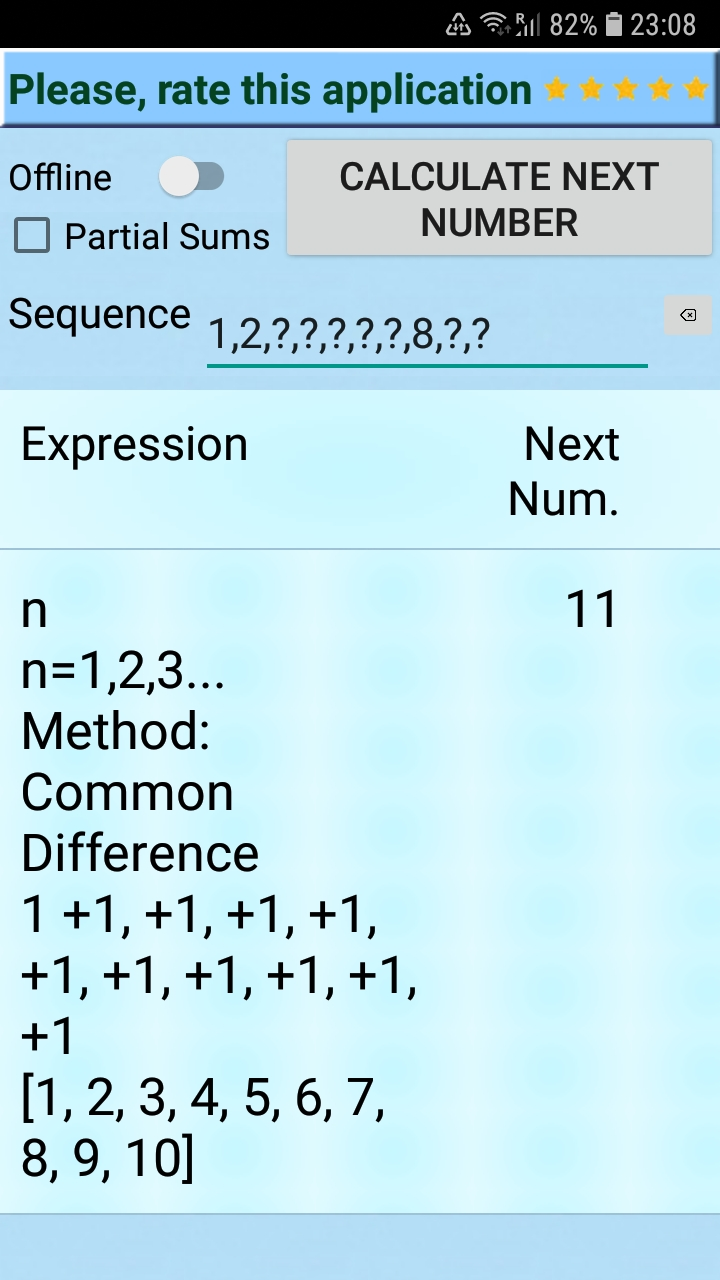

Basic calculators usually store only one number at a time more specific types are able to store many numbers represented in variables. Also, some fractions (such as 1⁄ 7, which is 0.14285714285714 to 14 significant figures) can be difficult to recognize in decimal form as a result, many scientific calculators are able to work in vulgar fractions or mixed numbers.Ĭalculators also have the ability to save numbers into computer memory. Fractions such as 1⁄ 3 are displayed as decimal approximations, for example rounded to 0.33333333. Various symbols for function commands may also be shown on the display. Large-sized figures are often used to improve readability while using decimal separator (usually a point rather than a comma) instead of or in addition to vulgar fractions. Most basic calculators assign only one digit or operation on each button however, in more specific calculators, a button can perform multi-function working with key combinations.Ĭalculators usually have liquid-crystal displays (LCD) as output in place of historical light-emitting diode (LED) displays and vacuum fluorescent displays (VFD) details are provided in the section Technical improvements. Scientific calculator displays of fractions and decimal equivalents InputĮlectronic calculators contain a keyboard with buttons for digits and arithmetical operations some even contain "00" and "000" buttons to make larger or smaller numbers easier to enter. By 2007, this had diminished to less than 0.05%.

In 1986, calculators still represented an estimated 41% of the world's general-purpose hardware capacity to compute information. With the very wide availability of smartphones and the like, dedicated hardware calculators, while still widely used, are less common than they once were. As of 2016, basic calculators cost little, but scientific and graphing models tend to cost more.

Graphing calculators can be used to graph functions defined on the real line, or higher-dimensional Euclidean space. Some calculators even have the ability to do computer algebra. For example, there are scientific calculators which include trigonometric and statistical calculations. In addition to general purpose calculators, there are those designed for specific markets. Calculator functions are included in most smartphones, tablets and personal digital assistant (PDA) type devices. By the end of that decade, prices had dropped to the point where a basic calculator was affordable to most and they became common in schools.Ĭomputer operating systems as far back as early Unix have included interactive calculator programs such as dc and hoc, and interactive BASIC could be used to do calculations on most 1970s and 1980s home computers. They became popular in the mid-1970s as the incorporation of integrated circuits reduced their size and cost. Modern electronic calculators vary from cheap, give-away, credit-card-sized models to sturdy desktop models with built-in printers. Pocket-sized devices became available in the 1970s, especially after the Intel 4004, the first microprocessor, was developed by Intel for the Japanese calculator company Busicom. The first solid-state electronic calculator was created in the early 1960s.
#Algebraic arithmetic sequence calculator portable#
A modern scientific calculator with a LCDĪn electronic calculator is typically a portable electronic device used to perform calculations, ranging from basic arithmetic to complex mathematics.


 0 kommentar(er)
0 kommentar(er)
